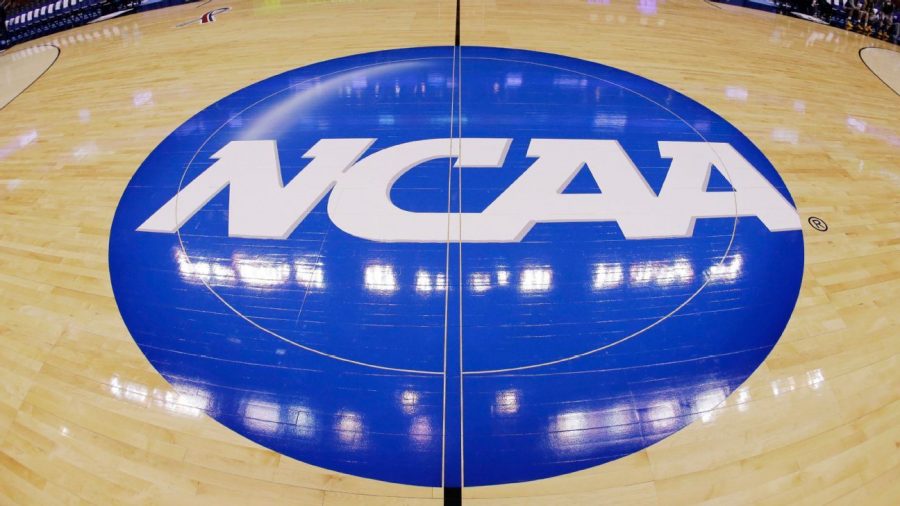Bridging the Gap Between Male and Female Sports
With all the available knowledge regarding the wage gap between men and women, it is surprising to see that this same issue continues to manifest across all boards. Recently, one of the most prominent examples of the pay gap between men and women has been seen in college basketball. It was revealed this year that women’s collegiate basketball is grossly underfunded in comparison to the men, with men’s basketball teams receiving $13.5 million more for tournaments than their female counterparts.
With this large discrepancy, we must ask why female athletes are continuing to be oppressed. The answer is a fear of change fueled by greed. Organizations like the NCAA maintain men’s sports as their crowning jewel because of the tournaments’ profitability. To thrust women into the limelight would mean putting their enormous profit at risk. It would mean a chance of losing the cash cow that men’s basketball has proven itself to be time and time again. Whether or not the decision would advance social change and give women the equality they deserve is irrelevant to these organizations. To them, it is all about money and how they can get more. By grossly underfunding female athletics, the NCAA is undermining women’s rights and neglecting the opportunity to increase their profits.
The extent of the NCAA’s greed and unwillingness to change can be easily seen in how they conducted this year’s tournament. With the COVID-19 pandemic still ever-present, athletes must be tested to ensure their safety. Amanda Christovich, a worker from the Front Office Sports, went on record to say that male athletes are receiving higher quality COVID-19 tests than female athletes. This is incredibly irresponsible — this imbalance in testing creates the public perception that male athletes’ health is more important than female athletes. Another decision the NCAA made that hindered female athletes’ progress was to trademark the branding for March Madness, leaving these athletes at a disadvantage for gaining viewers and potentially loyal fans.
When it came to the food that both groups were offered, women were neglected yet again, with men receiving lavish buffets and women receiving prepackaged meals. One female basketball player from Oregon’s team, Sedona Prince, drew attention to this through Tiktok. Her videos of the food her team was offered drew substantial media attention to the discrepancies between the tournaments, and her followers were influential in securing better weight training equipment for the female athletes at her university.
People who attempt to justify the inequality between men’s and women’s sports argue that public interest is why women’s sports are underfunded. But in reality, if the media gave the same attention to women’s sports as it did to men, public interest would subsequently increase.
A 2020 study revealed that though 40% of all professional athletes are females, they only receive 4% of media coverage. Therefore, increasing the media coverage is a surefire way to rake in more viewers and thus a more significant profit from women’s sports.
Though women’s sports are beginning to garner more attention in the media, many changes still need to be made. Advocacy is the best solution. The swift response to Prince’s videos proves this. But, the most significant change that could give women athletes a seat at the table is increased viewership. The more people who watch these talented female athletes, the harder it will be for organizations like the NCAA to ignore their profitability.
Carolyn Branigan, FRCH ’24, is an English major from Tinton Falls, N.J.








































































































































































































